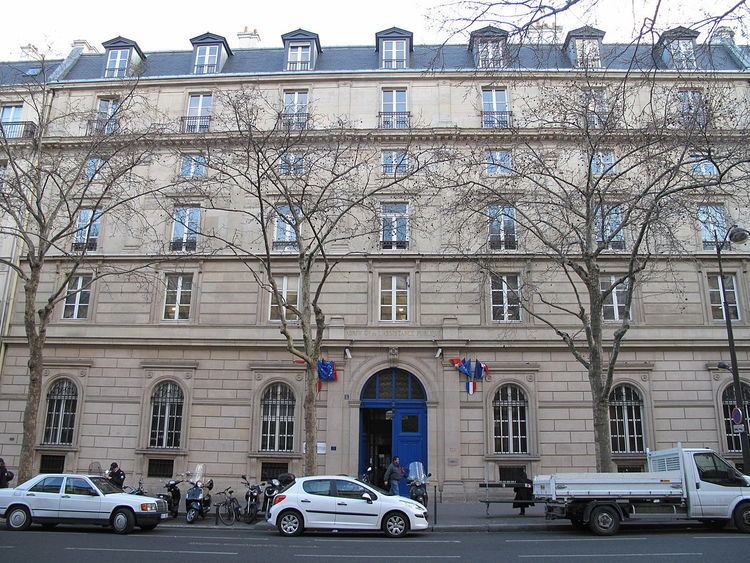 | ||
The Assistance publique – Hôpitaux de Paris (AP-HP) is the public hospital system (établissement public de santé) of the city of Paris and its suburbs. Its headquarters are in the 4th arrondissement of Paris.
Contents
It is the largest hospital system in Europe and one of the largest in the world, it provides health care, teaching, research, prevention, education and emergency medical service in 52 branches of medicine. It employs more than 90,000 people (including 15,800 physicians) in 44 hospitals and receives more than 5,8 million annual patient visits.
The AP-HP is linked with the University of Paris and its seven colleges of medicine, two of odontology and two of pharmacy.
History
Succeeding to the conseil général des hospices de Paris, the Administration générale de l'Assistance publique was created by a law of January 10, 1849. In 1961, the AP-HP became the public hospital system of Paris and its suburbs.
Hospitals
Among the 44 hospitals of the AP-HP, the most notable are:
Nota: two of Paris' most famous hospitals are not part of the AP-HP:
